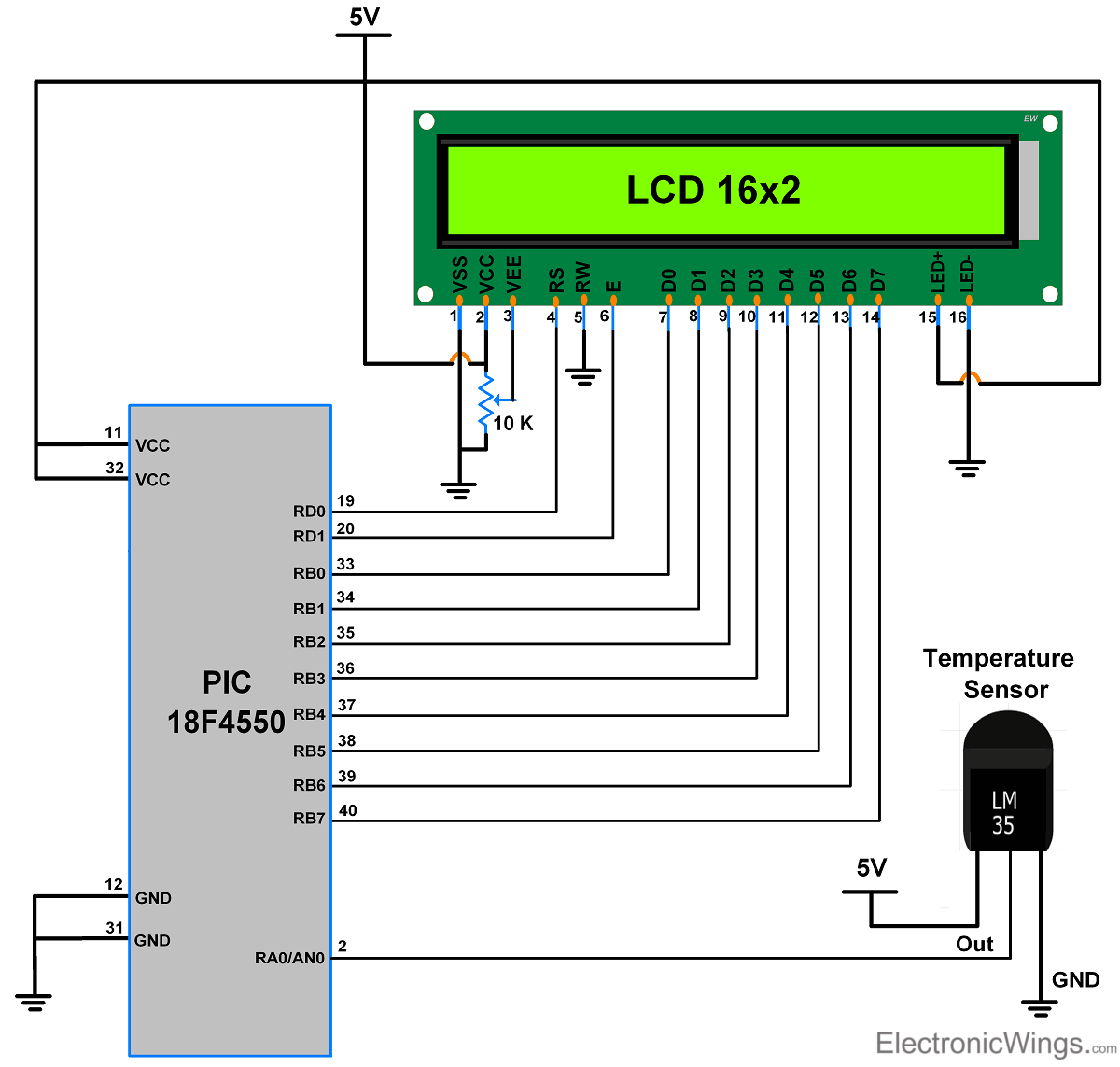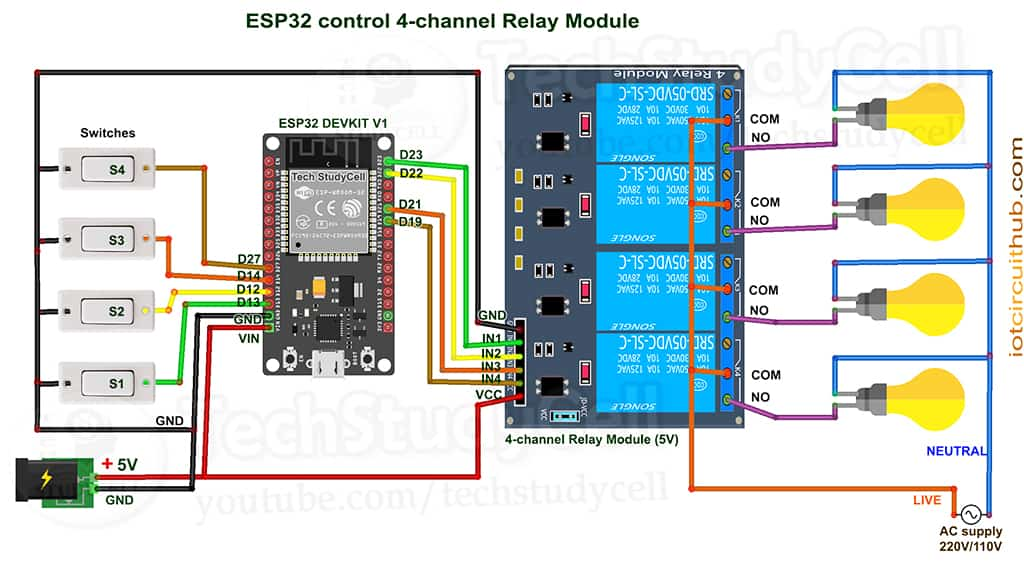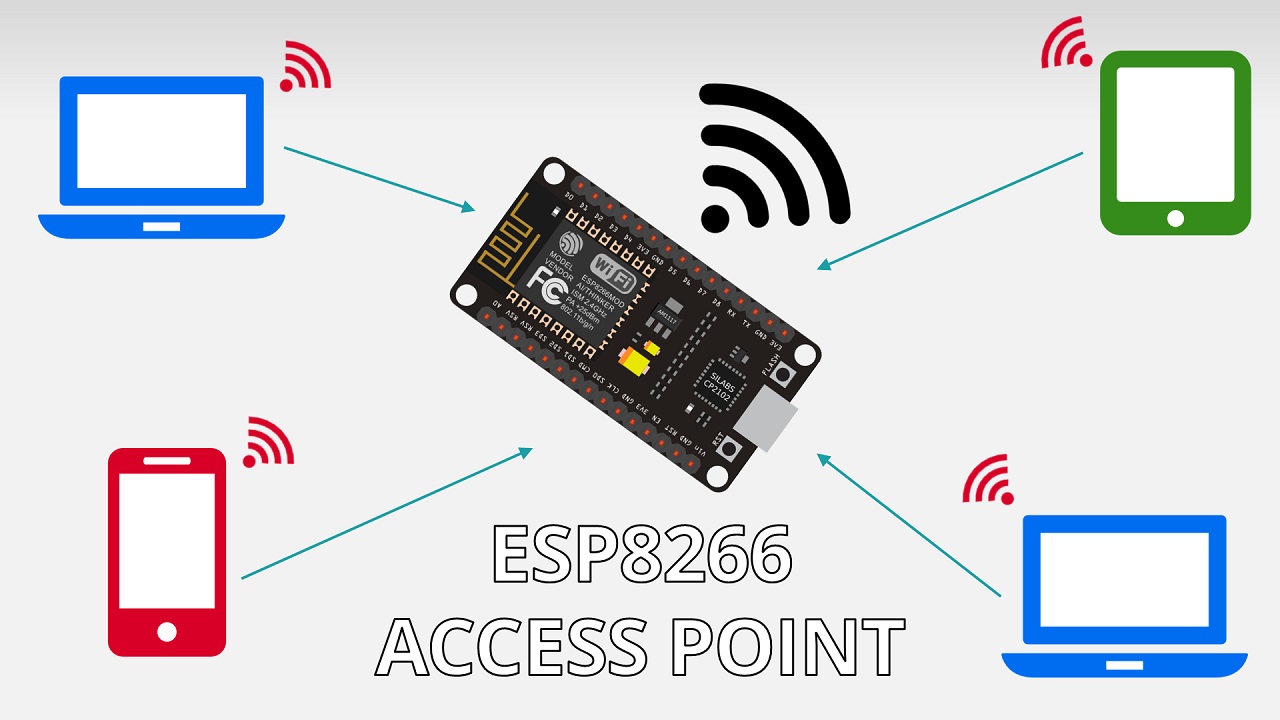Best Way to Use FreeRTOS with ESP32
If you are looking to harness the power of FreeRTOS with the ESP32 microcontroller, you have come to the right place. FreeRTOS is a real-time operating system that provides a robust way to manage tasks and scheduling on embedded systems like the ESP32. In this article, we will explore the best practices for integrating FreeRTOS with ESP32 to create efficient and reliable embedded applications.
Setting Up FreeRTOS on ESP32
The first step in using FreeRTOS with ESP32 is to set up the FreeRTOS environment on your development machine. You can use the ESP-IDF (Espressif IoT Development Framework) to easily integrate FreeRTOS with your ESP32 project. The ESP-IDF provides tools and libraries to streamline the process of configuring FreeRTOS on your ESP32 device.
Once you have set up the FreeRTOS environment, you can start creating tasks and managing scheduling on your ESP32 device. FreeRTOS provides a rich set of APIs for creating tasks, mutexes, semaphores, and more to help you build efficient and reliable embedded applications. By leveraging the power of FreeRTOS, you can make the most of the ESP32 microcontroller’s capabilities.
Best Practices for Using FreeRTOS with ESP32
Here are some best practices for using FreeRTOS with ESP32 to enhance the performance and reliability of your embedded applications:
- Task Scheduling: Carefully plan and prioritize tasks to ensure efficient task scheduling on the ESP32.
- Resource Management: Use mutexes and semaphores to manage shared resources and prevent race conditions in your application.
- Error Handling: Implement proper error handling mechanisms to gracefully handle exceptions and faults in your FreeRTOS tasks.
- Memory Management: Be mindful of memory usage and optimize memory allocation to avoid memory leaks and crashes on the ESP32.
- Performance Tuning: Monitor and optimize the performance of your FreeRTOS tasks to achieve maximum efficiency on the ESP32.
Integrating FreeRTOS with ESP32 Projects
When integrating FreeRTOS with ESP32 projects, it is important to adhere to best practices and follow a structured approach to ensure the success of your embedded applications. By leveraging the power of FreeRTOS, you can unlock the full potential of the ESP32 microcontroller and create robust and reliable embedded systems.
Whether you are a beginner or an experienced developer, using FreeRTOS with ESP32 can enhance the performance and scalability of your embedded applications. By following the best practices outlined in this article, you can take your ESP32 projects to the next level and create innovative and efficient embedded systems.
Conclusion
In conclusion, FreeRTOS is a powerful tool for managing tasks and scheduling on embedded systems like the ESP32. By following best practices and integrating FreeRTOS with ESP32 projects, you can create efficient and reliable embedded applications that harness the full potential of the ESP32 microcontroller. So, dive into the world of FreeRTOS and ESP32, and unlock endless possibilities for your embedded systems development.
Best Way to Use FreeRTOS with ESP32
If you are looking to harness the power of FreeRTOS with the ESP32 microcontroller, you have come to the right place. FreeRTOS is a real-time operating system that provides a robust way to manage tasks and scheduling on embedded systems like the ESP32. In this article, we will explore the best practices for integrating FreeRTOS with ESP32 to create efficient and reliable embedded applications.
Setting Up FreeRTOS on ESP32
The first step in using FreeRTOS with ESP32 is to set up the FreeRTOS environment on your development machine. You can use the ESP-IDF (Espressif IoT Development Framework) to easily integrate FreeRTOS with your ESP32 project. The ESP-IDF provides tools and libraries to streamline the process of configuring FreeRTOS on your ESP32 device.
Once you have set up the FreeRTOS environment, you can start creating tasks and managing scheduling on your ESP32 device. FreeRTOS provides a rich set of APIs for creating tasks, mutexes, semaphores, and more to help you build efficient and reliable embedded applications. By leveraging the power of FreeRTOS, you can make the most of the ESP32 microcontroller’s capabilities.
Best Practices for Using FreeRTOS with ESP32
Here are some best practices for using FreeRTOS with ESP32 to enhance the performance and reliability of your embedded applications:
- Task Scheduling: Carefully plan and prioritize tasks to ensure efficient task scheduling on the ESP32.
- Resource Management: Use mutexes and semaphores to manage shared resources and prevent race conditions in your application.
- Error Handling: Implement proper error handling mechanisms to gracefully handle exceptions and faults in your FreeRTOS tasks.
- Memory Management: Be mindful of memory usage and optimize memory allocation to avoid memory leaks and crashes on the ESP32.
- Performance Tuning: Monitor and optimize the performance of your FreeRTOS tasks to achieve maximum efficiency on the ESP32.
Integrating FreeRTOS with ESP32 Projects
When integrating FreeRTOS with ESP32 projects, it is important to adhere to best practices and follow a structured approach to ensure the success of your embedded applications. By leveraging the power of FreeRTOS, you can unlock the full potential of the ESP32 microcontroller and create robust and reliable embedded systems.
Whether you are a beginner or an experienced developer, using FreeRTOS with ESP32 can enhance the performance and scalability of your embedded applications. By following the best practices outlined in this article, you can take your ESP32 projects to the next level and create innovative and efficient embedded systems.
Conclusion
In conclusion, FreeRTOS is a powerful tool for managing tasks and scheduling on embedded systems like the ESP32. By following best practices and integrating FreeRTOS with ESP32 projects, you can create efficient and reliable embedded applications that harness the full potential of the ESP32 microcontroller. So, dive into the world of FreeRTOS and ESP32, and unlock endless possibilities for your embedded systems development.



